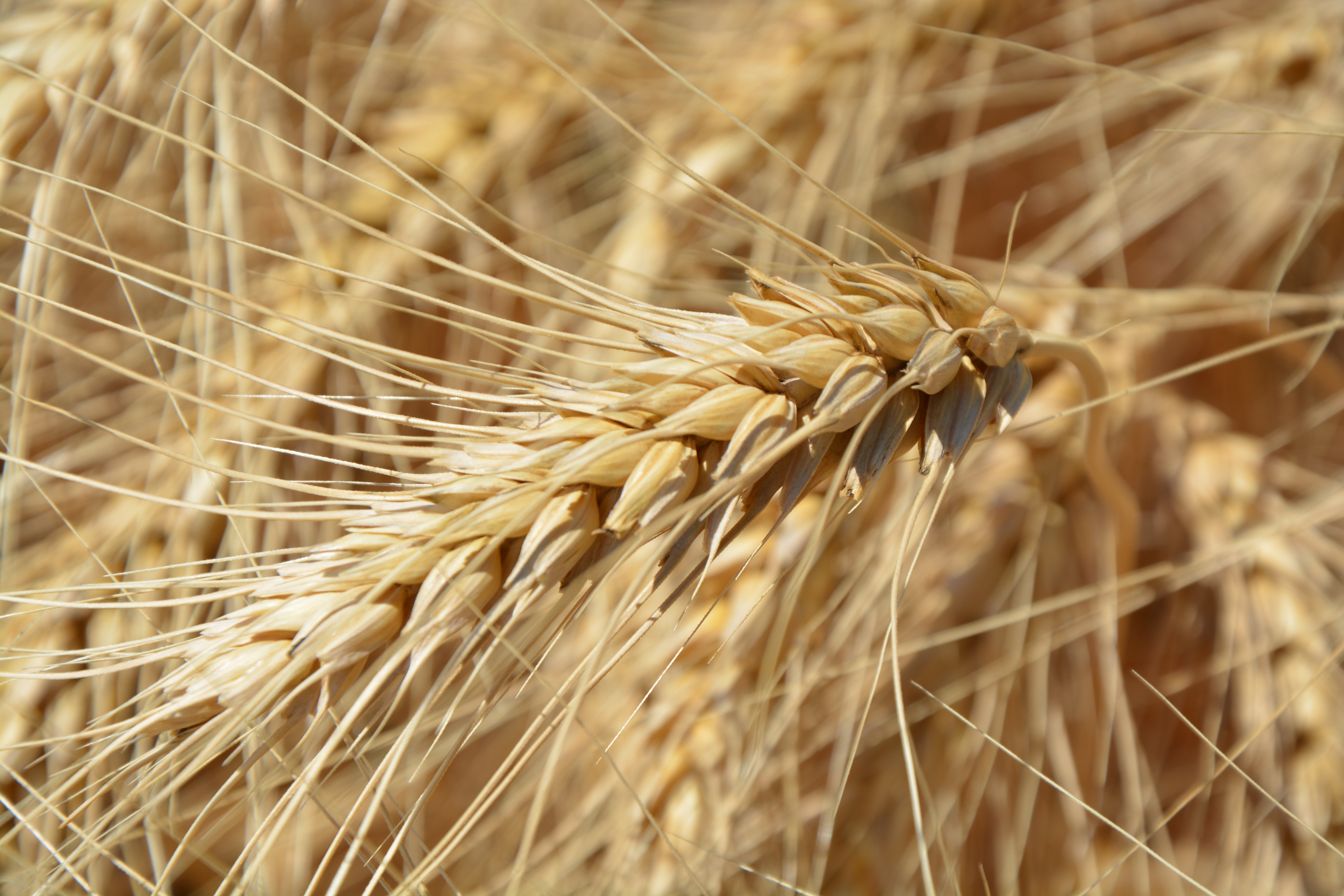 Wheat prices have rallied back to recent highs following further tensions in the Black Sea, however analysts say the market is a lot less concerned now than it was in 2022.
Wheat prices have rallied back to recent highs following further tensions in the Black Sea, however analysts say the market is a lot less concerned now than it was in 2022.
As of Tuesday, wheat prices had risen 18% since July 14 - the last trading day before the Black Sea Grain Initiative expiry date.
Rabobank senior grains analyst Dennis Voznesenski said there had been a fast and sharp upward price impact in the first few days following the grain corridor not being renewed, driven by concerns surrounding supply.
"Half of the market was panicking, while the other half of the market was hoping this was a negotiation tactic from Russia to gain more sanction exemptions," Mr Voznesenski said.
"Hopes of renewal appeared dashed following attacks on Ukrainian grain export facilities."
russian terrorists continue their war on grain. Last night, they attacked the grain infrastructure on the Danube River with Shaheds. Three drones were shot down by air defense. Unfortunately, as a result of the attack, six people were injured and a grain hangar and cargo storage… pic.twitter.com/TY7S0IOvtq
— Defense of Ukraine (@DefenceU) July 24, 2023
Last week's attacks on grain-loading infrastructure in Odesa and Chornomorsk spooked the market and caused a A$33 dollar rise in wheat futures - one of the largest rises since the start of the invasion.
Attention had then turned to the Danube River as a route for continuing grain exports, however the Russian regime stepped up its efforts to cripple Kyiv’s ability to reach world markets by striking ports on the alternative export corridor.
Mr Voznesenski said grain would continue flowing out of Ukraine in the short term, but it would likely take longer to move and be more costly.
"In terms of longer term impacts, there will likely be an increased freight cost of moving grain to western Ukraine for export," he said.
"Unless freight subsidies are introduced, it will mean reduced pricing received at farm-gate by Ukrainian farmers, reduced profit margins, and likely as a consequence, reduced planting for coming crop seasons.
"This will eventually lead to reduced exportable surplus globally and higher prices until other countries can increase production.
"For now, Ukraine still has a lot of grain to export and avenues to do so through."
 Above: Chicago Board of Trade SRW and ASX futures.
Above: Chicago Board of Trade SRW and ASX futures.
The alternative export avenues, and the hope that a new deal can be brokered between Russia and Ukraine, are "keeping a lid on" the price rally, Mecardo analyst Angus Brown said.
"CME Soft Red Wheat [returned] to recent highs rapidly last week... [but] the market is a lot less concerned now than it was in 2022, when prices peaked at $700/t in our terms, but remained above $500/t for some time," he said.
"ASX Wheat Futures were at parity with SRW on Monday, which is probably a little low given the expected crop.
"It would be a brave grain grower to sell wheat futures or swaps into such uncertainty, but the opportunity to secure a $400+ price has emerged again."
 Results
Results-3.png)
